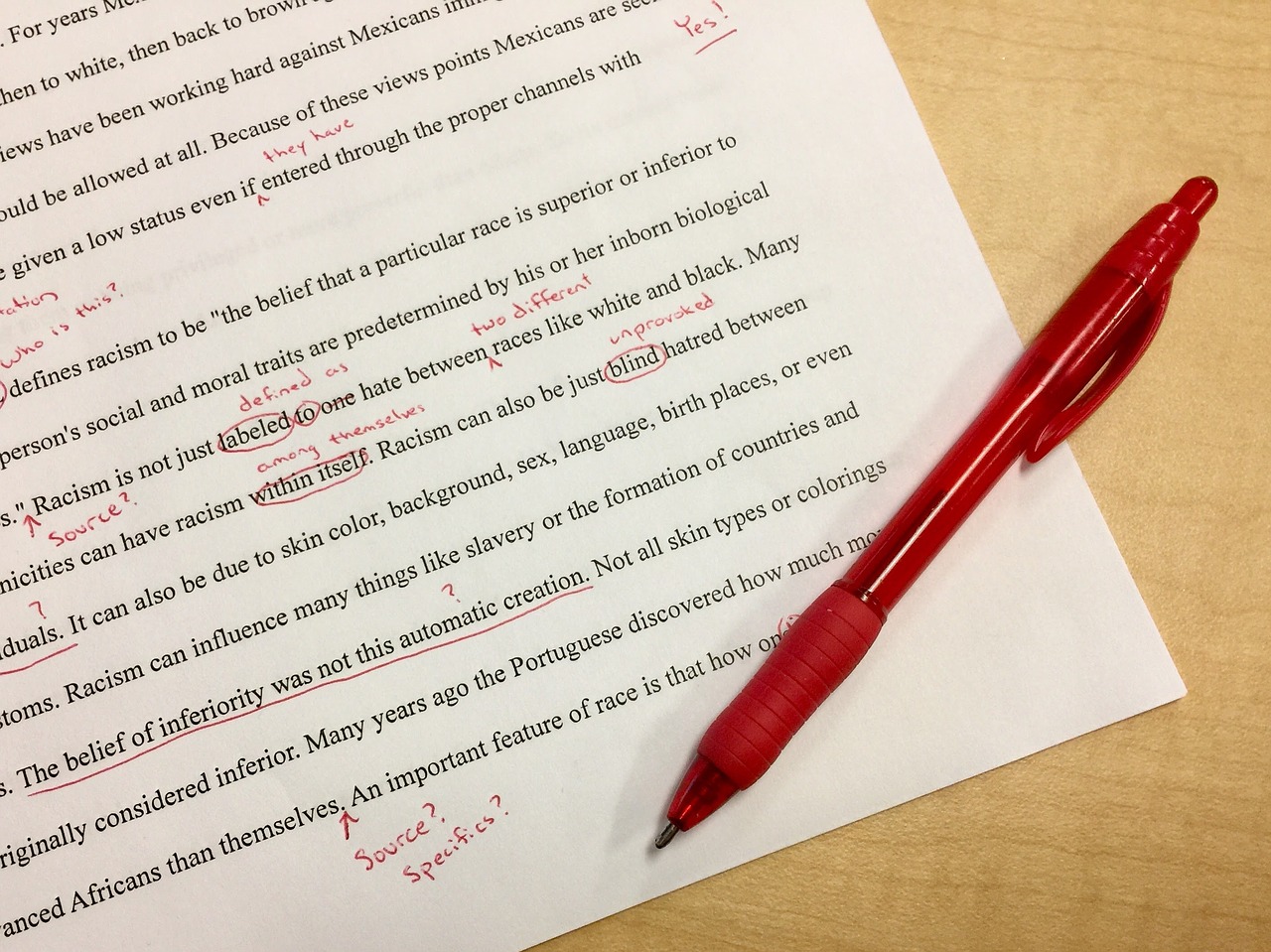Learning Spanish can be fun and very entertaining if the teacher is the right one. At Academia Contacto we are always looking for native teachers who can help a lot with learning. Spanish is not a complicated language. Learning Spanish is much easier than it seems after you learn the basics. There are some very common mistakes among Spanish students. We'll tell you what they are so you don't fall for them too. Let's go!
Learning Spanish: Verb To Be - two meanings
One of the big problems when learning Spanish, especially if you are English or American, is the use of the verb To be. In Spanish, there are two different verbs: "ser" and "estar", but in English it is used for both "To be". To learn when to use "ser" in Spanish and when to use "estar" we'll give you some tips - you'll understand right away!
The verb “SER” is used in the following cases:
- Name, origin, nationality and profession: I am Rebeca. I'm Spanish. I'm a journalist.
- To say of the religious confession that you are: I am Catholic
- When we define something. The couch is a piece of furniture.
- To describe people or objects: That boy is tall. The table is round.
- To tell the time: it's 10 p.m.
- To talk about dates: What day is today? Today is August 14
- To talk about possession: The house is mine, the car is mine.
- To say the price of things: It's 17 euros.
- When we used the passive voice: Don Quixote was written by Cervantes.
If you've learned Spanish, this list of uses of the verb "ser" will be a great way to avoid confusion when you use it, and you'll see how simple it is!
The verb "estar" is used in the following cases:
- The location of the cities, but not of the events. For example, Benidorm is in Spain (Verb estar), but Lorena's birthday is at the Italian restaurant (Verb ser).
- When you're present somewhere. Are you at home or are you on the street?
- When something's ready or finished. When are the test results back?
- When we use gerund: I am learning Spanish
Although this is often the most common mistake when you are learning Spanish, there are others that you may make.
Gender of words
When you are learning Spanish it is very common to have doubts about the gender of words. It is important when putting the articles in front or using the appropriate adjective.
Names ending in -A, -DAD, -CIÓN are feminine.
Although there are some exceptions of words that end in A and are masculine. For example The problema (el problema), the map (el mapa), the poem (el poema), the sofá (el sofá)....
As a general rule, words ending in -O or -E are masculine.
For example: the child (el niño) or the car (el coche).
However, there are also some exceptions. There are words that end in -O and are feminine, like the motorcycle (la moto).
False friends
- Large is "Grande". Long is "largo"
- Jam is “mermelada”. Ham es “jamón”
- Constipated is “estreñido”. Sick (cold) is “constipado”
- Argument is “discursión”. Plot is “argumento”
- Advice is “consejo”. Warning is “aviso”
- Disgust is “asco”. Displeasure is “disgusto”
"Pregnant (embarazada)" is a fake friend of embarrassed. If what you mean is "I'm embarrassed", you must use I feel ashamed. If you want to say that Peter is ashamed, you'll have to write”Pedro está avergonzado”, and not use “embarazado”, because otherwise you'll be saying he's pregnant.
Learning Spanish you must be very careful with false friends to avoid falling into strange and uncomfortable situations.


